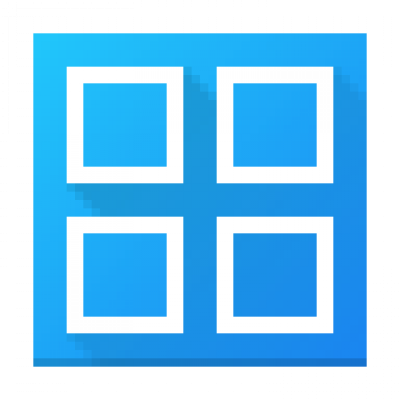Besides the talks, something very important about Akademy is the meetings you get to have with the different people working across KDE products. Our community work can fall into small groups, it’s in this occasions when we get to share and collaborate that we have that opportunity to make a big difference, at large.
Today I would like to sum up a bit the discussions we had among the different binary curation fronts. We had several of them, namely Linux, Plasma Mobile, Android, Windows, Mac and Automation.
You can take a look at the notes we took on the different meetings in the backlog of the goal’s matrix channel.
Something I find that is especially relevant here is to see the similarities we have across the board as it brings the opportunity to create ever better solutions than the work we’d manage to do separately. In this case, we have a repeating workflow across that consists of: building, testing, publishing and updating.
One obvious topic that was discussed in every single meeting is integrated tooling to actually build the applications. We already have certain infrastructure to do this already for most platforms in https://binary-factory.kde.org, but we are not entirely happy about it. So much so that we had a separate meeting together with sysadmin to see what we could do to improve it. They did mention that we are moving from Jenkins to GitLab CI which we expect to take this part of the process to the next level. If you have experience with DevOps and GitLab and would like to help, don’t hesitate to reach out to our sysadmins team!
Another part that was also discussed was Quality Assurance (QA). Is there practical ways to deploy a system that can help us there? openQA was floated several times as a solution, nobody seems to be very experienced there, also it’s unclear to us how that would work on other platforms as well. Again, feel free to reach out if you have experience and some time to spare. 🙂
The next step we always need to take is publishing. This is a topic that we have rather well solved on Linux through AppStream but less so on others. But in the end we always want the same descriptions, translations, icons everywhere. We have been trying to leverage it by converting these files into the formats other platforms use. It’s still to be seen if others will make it possible as well. Beyond the metadata, seeing to have applications updatable semi-automatically would be ideal and it is what we are aiming for, so when there’s big releases, we don’t need to have someone updating every binary one by one.
Streamlining this process can only make it more pleasant to work on our apps and making sure they reach everyone who need them. If you care about people using them, if you care to improve any of the apps, don’t hesitate to join the goal and talk to us.





